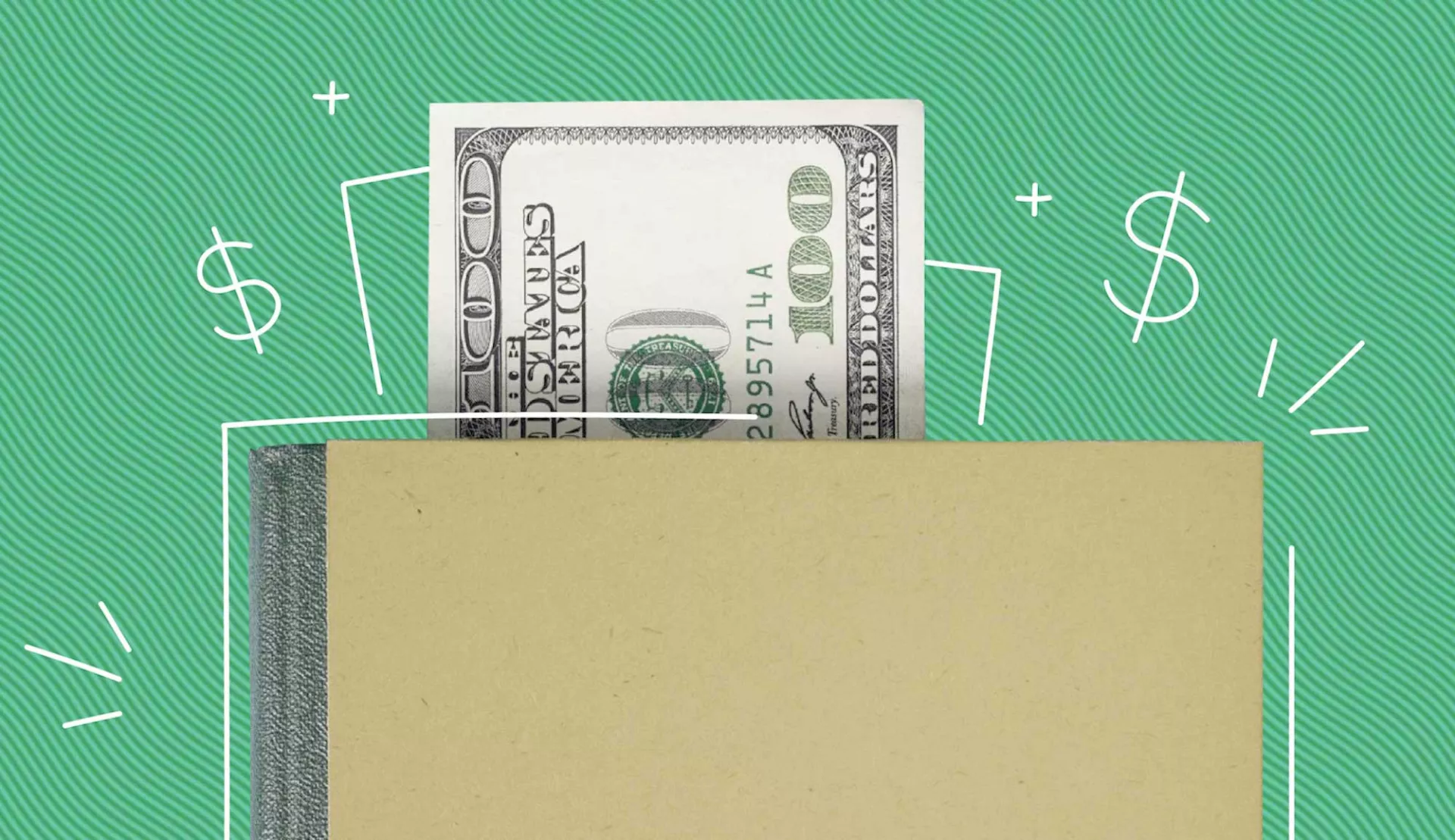When kids read about America’s $18-trillion debt, I wonder how that news will affect their future personal finance decisions. Do they understand the consequences of unbalanced budgets? The quandary of infinite wants versus finite dollars? Or do they think money grows on some fiscal tree that always blooms?
Only about half of the nation’s schools require a financial literacy course. If your school doesn’t teach a course about personal economics, check out these websites that address financial literacy in mini-lessons, ranging from narrative approaches to interactive games. Pick the one that works best for your students, or better yet, let students pick the approach that fits their learning style.
Banzai
Banzai is a personal finance curriculum that teaches high school and middle school students how to prioritize spending decisions through real-life scenarios and choose-your-own adventure-style role-playing. Students start the course with a pretest to determine a baseline for their financial literacy. They then engage in 32 life-based interactive scenarios covering everything from balancing a budget to adjusting for unexpected bills, such as car trouble or health problems.
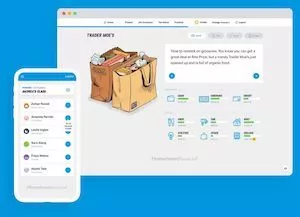
Once students have completed these exercises, they pretend that they have just graduated from high school, have a job, and must save $2,000 to start college. They are constantly tempted to misspend their limited income and then must face the consequences of those actions, basing decisions on what they learned in the 32 scenarios.
Along the way, students juggle rent, gas, groceries, taxes, car payments, and life’s ever-present emergencies. At the end, they take a posttest to measure improvement in their financial literacy. The program is free, takes about eight hours to complete, and can include printed materials as well as digital. Start saving at teachbanzai.com.
Rich Kid, Smart Kid
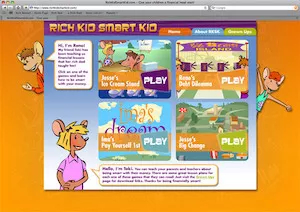
In this collection of online games, three children—Ima, Jesse, and Reno—struggle with real-life scenarios, such as running an ice-cream stand, raising money for a personal goal, allocating earned money to different needs (charity, investments, and savings, etc.). They also learn the difference between good debt and bad debt. Games are leveled for age groups from kindergarten to high school. They include thorough lesson plans, learning objectives, classroom activities, and discussion questions, as well as companion websites with more resources.
The program is free and can be completed in four sessions–one for each game. There are also add-on, low-tech options like board games. Cash in at richkidsmartkid.com.
Financial Football
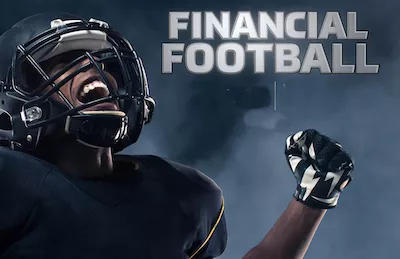
A collaboration between the National Football League (NFL), the NFL Players Association, and Visa, Financial Football uses the sport of football to promote financial literacy among high school and middle school students. It’s a fast-paced, interactive game that engages students in football strategy while teaching money management skills. Teams compete by answering financial questions to earn yardage and score touchdowns.
Players pick their NFL team and opponent, as well as the level of difficulty, age group, and length of play. The game takes players through the steps of a football game—starting with the coin toss—and defines progress by how students answer financial questions.
The free, online program is a winner for fantasy football fans, featuring stunning graphics and authentic NFL music. Kick off at practicalmoneyskills.com/play/financial_football.
Hands-On Banking

This space-themed website covers budgeting, needs versus wants, savings versus checking, credit, banks, and where money comes from. Each lesson is game-based, starting with an introduction followed by an indepth discussion on a topic.
At the completion, students model the discussed activity. Instructions are both written and audio, making them accessible to many learners. The program ends with an assessment of knowledge and certificates.
Despite the friendly aliens with goofy voices, the vocabulary is sophisticated, and a calculator may be required. The space-themed website is geared to fourth and fifth graders, but older students will appreciate “Hands-On Banking: Teens” and “Hands-On Banking: Young Adults.”
The program is free (it has a non-flash version for iPads), and is best completed over a series of sessions. Shoot for the stars at youth.handsonbanking.org.
Stock Market Game

The Stock Market Game is an online simulation of the global capital markets that engages students in the world of economics, investing, and personal finance. Students set up market accounts and make decisions about buying and selling based on research and real-life events.
More than 600,000 students play the game every year. And in the 35 years it’s been around, some 15 million students in all 50 states have used it to promote their financial literacy. Once registered, teachers have access to lesson plans and other resources to help unpack the Stock Market Game experience for their students.
The free game is recommended for grades 4 – 12, and available on a website or mobile app. Sell high at stockmarketgame.org.
Spent
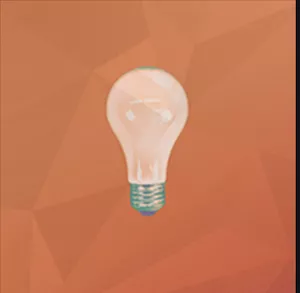
It’s just money, until you don’t have it. This web-based game postulates that a player has lost a job and has only $1,000 left. To make matters worse, the bank has also foreclosed on the player’s house. Your student’s challenge? To make the money last through the month. Students start by selecting one of several jobs and then evaluating net pay versus ongoing expenses.
The game covers the selection of health insurance, an apartment, travel expenses, a sick pet, and more. Each time a student makes a decision, the program explains the consequences of that choice. The game ends when the player runs out of money. Along the way, students learn just as much about empathy and social awareness as they do about the proper spending of limited funds.
This program is geared toward middle school and high school. Balance the budget at playspent.org.
More Tools for Financial Literacy
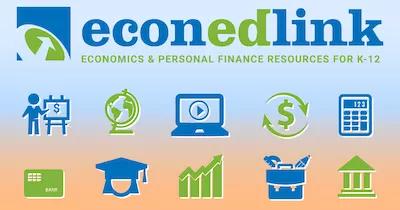
EconEdLink.org provides hundreds of free online lesson plans on personal finance, economics, and entrepreneurship for grades K–12. The website offers a large library of online interactive tools, including videos and gamelike activities that are searchable by concept, grade level, and type of activity. Interactives include: “You’re going to college,” “Savings and investing blitz,” and “Budget odyssey,” among many others.
In one interactive game that aims to develop good credit habits, students learn how long it can take to pay off a credit card balance. The objective is to deplete debt and maintain a good credit rating by making payments on time and accumulating as many consumer goods and services as possible without running up debt. Students select a profile, follow daily activities, and then see how their financial habits affect their lives.
All resources are free, well constructed, and differentiated for varied learning styles. There are also free, online professional development videos that allow teachers to gain mastery over challenging content and learn to use the site’s resources in their classrooms.
Jacqui Murray has been teaching K–18 technology for 30 years. You can follow her on Twitter @AskaTechTeacher.
